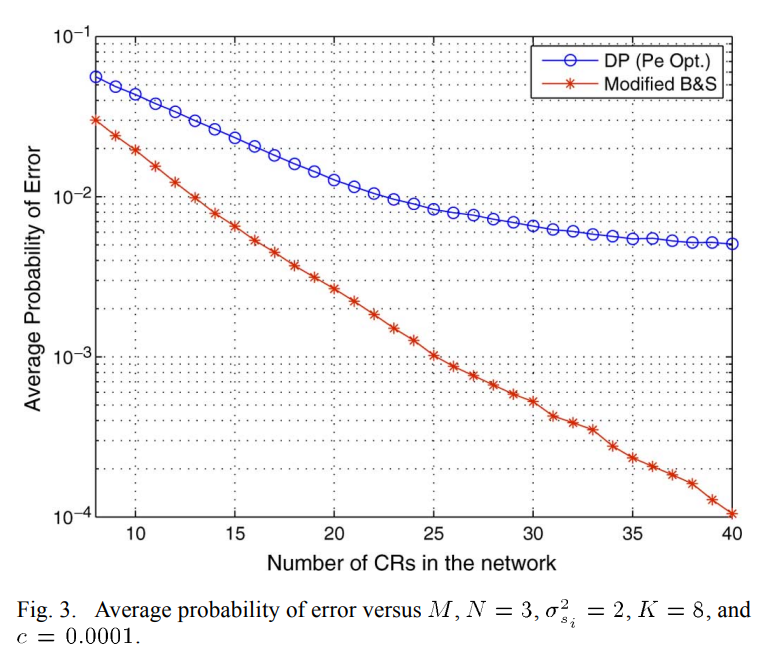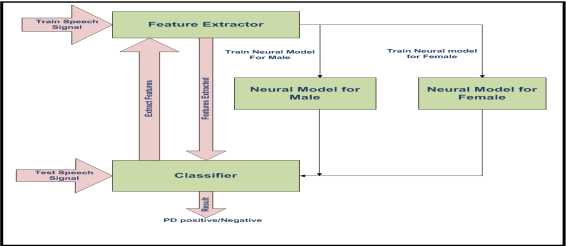
Distributed spectrum sensing with sequential ordered transmissions to a cognitive fusion center
Cooperative spectrum sensing is a robust strategy that enhances the detection probability of primary licensed users. However, a large number of detectors reporting to a fusion center for a final decision causes significant delay and also presumes the availability of unreasonable communication resources at the disposal of a network searching for spectral opportunities. In this paper, we employ the idea of sequential detection to obtain a quick, yet reliable, decision regarding primary activity. Local detectors take measurements, and only a few of them transmit the log likelihood ratios (LLR) to a fusion center in descending order of LLR magnitude. The fusion center runs a sequential test with a maximum imposed on the number of sensors that can report their LLR measurements. We calculate the detection thresholds using two methods. The first achieves the same probability of error as the optimal block detector. In the second, an objective function is constructed and decision thresholds are obtained via backward induction to optimize this function. The objective function is related directly to the primary and secondary throughputs with possible privilege for primary operation. Simulation results demonstrate the enhanced performance of the approaches proposed in this paper. We also investigate the case of fading/shadowing channels between the local sensors and the fusion center, and the situation in which the sensing cost is negligible. © 1991-2012 IEEE.


